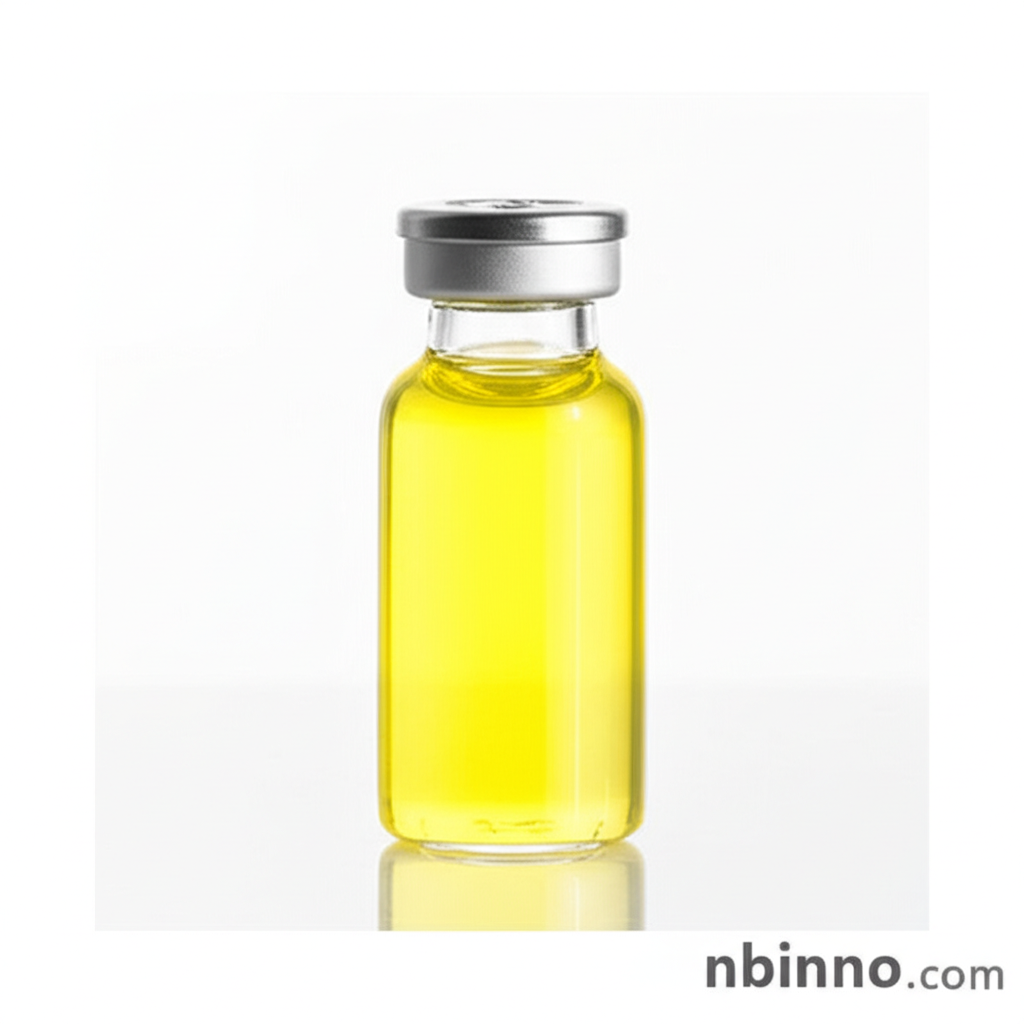3-Cyclopentylacrylonitrile: A Key Pharmaceutical Intermediate for Ruxolitinib and Trasitinib Phosphate Synthesis
Discover the critical role of 3-Cyclopentylacrylonitrile in advanced pharmaceutical synthesis, vital for developing cutting-edge oncology treatments.
Get a Quote & SampleProduct Core Value

3-Cyclopentylacrylonitrile
As a vital building block in complex organic synthesis, 3-Cyclopentylacrylonitrile is indispensable for the creation of Active Pharmaceutical Ingredients (APIs). Its unique chemical structure makes it a sought-after intermediate in the development of advanced therapeutics, particularly in the oncology sector.
- Explore the essential 3-Cyclopentylacrylonitrile synthesis pathways, including Horner-Wadsworth-Emmons and Knoevenagel condensation applications for efficient production.
- Understand the significance of this compound as a Ruxolitinib intermediate, contributing to the treatment of myeloproliferative neoplasms.
- Learn about its application in the preparation of Trasitinib phosphate, a key component in targeted cancer therapies.
- Investigate the benefits of process intensification, such as continuous flow synthesis for intermediates, in ensuring high purity and yield.
Key Advantages
Versatile Synthetic Utility
Leverage 3-Cyclopentylacrylonitrile's reactivity for diverse organic synthesis applications, enabling the creation of complex molecular architectures.
Crucial for Targeted Therapies
This compound is foundational for the synthesis of Ruxolitinib, a JAK inhibitor crucial for treating myeloproliferative neoplasms, showcasing its role in innovative cancer treatments.
Enables Green Chemistry Practices
Investigate how green chemistry solvent selection and continuous flow synthesis for intermediates contribute to more sustainable and efficient manufacturing processes.
Key Applications
Pharmaceutical Synthesis
3-Cyclopentylacrylonitrile serves as a critical intermediate in the multi-step synthesis of Ruxolitinib and Trasitinib phosphate, contributing to advanced cancer therapies.
Organic Building Blocks
Its unique structure and reactivity make it a valuable building block for chemists engaged in complex organic synthesis and the development of novel compounds.
Drug Discovery Research
Researchers utilize this compound in exploring new synthetic routes and developing improved methodologies for API production, advancing drug discovery.
Process Optimization
The study of its synthesis methods, such as the Horner-Wadsworth-Emmons reaction, aids in process optimization for manufacturing high-purity pharmaceutical intermediates.
